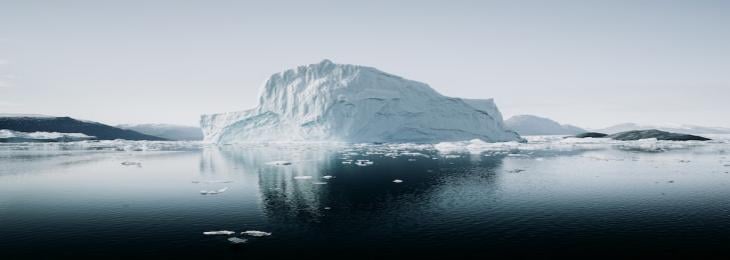
New research shows that Greenland's Petermann Glacier's grounding line varies over tidal cycles, allowing warm seawater to accelerate ice loss.
NASA's Jet Propulsion Laboratory and UC Irvine researched northwest Greenland's Petermann Glacier. Ice-seawater interaction was discovered. Glaciologists believe their findings demonstrate that the climate community has overestimated sea level rise owing to polar ice melting. The UCI/NASA team used three European satellite radar projects to find that Petermann Glacier's grounding line—where ice breaks away from land and drifts in the ocean—moves considerably over tide cycles. Warm seawater speeds ice breakdown.
"Petermann's grounding line is more accurately called a grounding zone because it moves between 2 and 6 kilometers as the tides rise and fall," said NASA postdoctoral fellow and assistant specialist in Earth system science at the University of California, Irvine. This is a thousand times larger than anticipated for grounding lines on a firm surface.
He claims that grounding lines beneath ocean-reaching glaciers do not disintegrate or migrate with the tides. New research shows that subglacial pathways transmit mild ocean water beneath the glacier.Warm water formed a 670-foot-tall crater into Petermann Glacier's base between 2016 and 2022 when the grounding line slid back approximately 4 kilometers (212 miles). "These ice-ocean interactions make glaciers more sensitive to ocean warming," said Eric Rignot, a NASA JPL research scientist and Earth system science professor at the University of California, Irvine. "These changes are not taken into account in models, and if they were, sea level rise predictions would be up to 200 percent higher – not just for Petermann, but for all glaciers that end in the ocean, which is most of northern Greenland and all of Antarctica."
A PNAS study found that the Greenland ice sheet has lost billions of tons of ice to the ocean in recent decades. Climate change's deep ocean warming is responsible for most of this loss. Ocean water rapidly melts glacier front ice and erodes ground resistance, according to Rignot. Ice enters the ocean faster.






